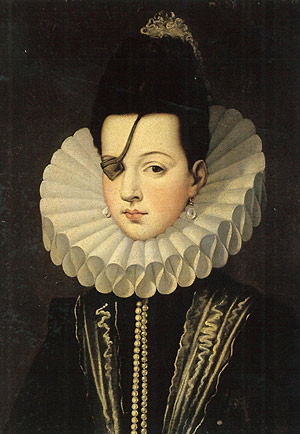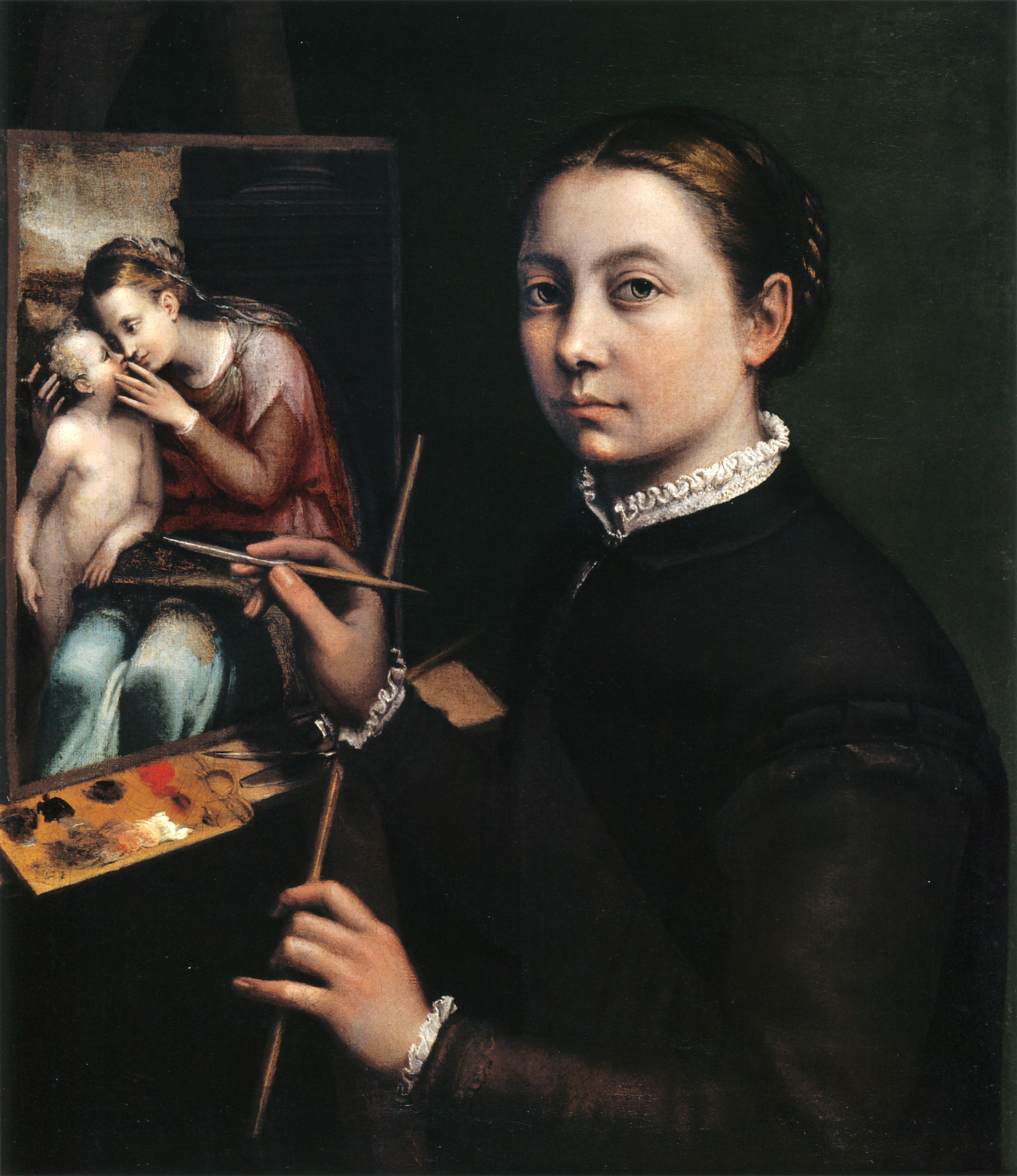“Christmas Still Life,” 1916, by Gabriele Münter. If art prices were tied to competence, Münter would be among the top-selling 20th century artists, instead of being remembered as Kandinsky’s mistress.
There have always been women painters, but they never had the opportunity to enter either apprenticeships or academies—whichever were the great training systems of the time. The ones who rose above the lack of opportunity had advantages of birth (Sofonisba Anguissola and her sister Lucia) or fathers who were painters (Artemisia Gentileschi)
It has not been until the modern era that we have seen women artists rise in their own right. Even in the 20th century, many of them hitched their stars to men (Georgia O’Keeffe and Alfred Stieglitz), sometimes with disastrous personal results (Gabriele Münter and Wassily Kandinsky).

“Breakfast of the birds,” 1934, by Gabriele Münter.
ARTNews does an annual survey of inequality in the art markets and it’s very depressing. For the past two years, 92% of paintings that went through the big New York auction houses were by men; 8% were by women. If you think that’s terrible, that’s about the same ratio as is represented in MoMA.
There are idiots who still say that this is because men are better artists. What does that even mean? That women don’t paint like men? If that were true (and it isn’t) would it be a question of worth or of difference? It’s galling to see the Art Establishment, which sneers at traditional values, gleefully going on in their merry misogynistic way. But until women get wall space in galleries and museums, they’re not going to achieve the prices they deserve.
Last night, a reader sent me this short essay about power plays for women. I wish every woman artist would read it. The art market isn’t a meritocracy any more than the workplace is—probably less so, in fact, because art is so subjective.
Women are naïve about power and influence, usually ascribing their failures to their own personal shortcomings rather than the culture. We project deference instead of confidence. We petition instead of negotiating.
As was true in medicine, engineering and law, we can’t wait around for the culture to change. Men are either players or benefitting from the status quo. Some women are fellow-travelers, just as they were in those other professions. I’m open to suggestions about ways to equalize the art field, readers. We need to use every tool in the arsenal to claim our rightful place in the marketplace.







